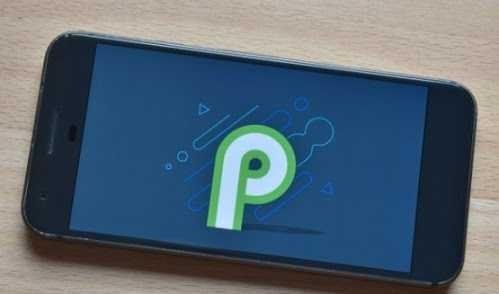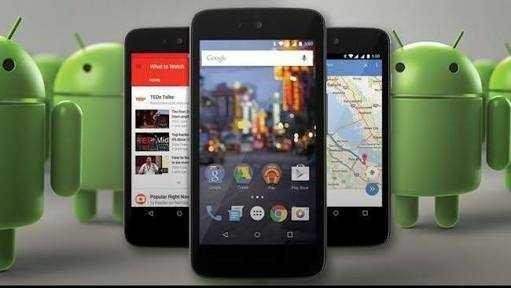
Google finally announced Android P as Developer Preview 1 on Thursday (7/3). The company based in Mountain View revealed a number of features that will be present in P though not all of them.
As is their custom every year, Google will save their best surprise at the developer meeting event, Google I / O called will be held mid-May. Here are some features called developers present on Android P which is currently running on Pixel phones.
"Bangs" ala iPhone X on Android P
This operating system is called will support notch or commonly known as "bangs" or notches. The design was first used by iPhone X.
Developers will be able to use the new API to check if the device can have bangs. With the bangs, the device screen will show full content but still carry the important sensors in front of the screen.
Notice
Google said it was paying close attention to Android changes. Currently, the company is focusing on notifications of messaging apps.
They provide some new tools to highlight message senders. In addition, developers are also given the flexibility to add other content in notifications such as photos, stickers and smart reply.

Autofill
This feature will help users to save passwords in the application. Especially, for programs that do not have Autofill support or filling passwords and own usernames.
However for now, their focus is on improving the filtering of better data sets, sanitization inputs and compatibility modes, such as TechCrunch.
Battery power saver
Google has not introduced a new power-saving feature on Android P. But the company says it is continuing to improve on existing features like Doze, App Standby and Background Limits.
All these features have been introduced in recent major releases. Unfortunately there has been no information on what they will be improving.
Security features
Android P will improve device security by limiting access to phone features. For example, limiting access to microphones, cameras and sensors from applications that are idle.
The brand-new operating system will also introduce the ability to encrypt Android backups. Google will also introduce randomization per network for associated MAC addresses.
The scrambling will be more difficult to track users. This last feature is still experimental for now.
Multi-camera integration
Google realizes that many modern phones today have front or rear cameras with dual lenses. The company that built Sergey Brin is then decided to make it easier for developers to access the two lenses with the help of new APIs to allow the flow of the camera together and can switch.
Other changes to the camera system are intended to help image stabilization and and reduce lag during initial shots.
Just like Apple, Android devices will also be equipped with the ability to capture High Efficiency Image File Format (HEIF). This format is touted to replace JPEG in a digital world.
Accuracy of location within the building
Thanks to the IEEE 802.11mc protocol that provides information about Wi-Fi, users will get a more accurate location when inside the building. Devices that support this protocol will be able to find users with an accuracy of one to two meters.
That should be more than enough to guide users inside the mall or to show ads when users are near a store. But Google also notes that some cases of its use will include unintentional voice control.
Artificial intelligence
Developers who want to work on a learning machine inside their phone will also get help because Android P will bring some new features to the Neural Networks API. The feature was first introduced in Android 8.1.
Specifically, Android P will add support for nine operations: Pad, BatchToSpaceND, SpaceToBatchND, Transpose, Strided Slice, Mean, Div, Sub and Squeeze. (ex)